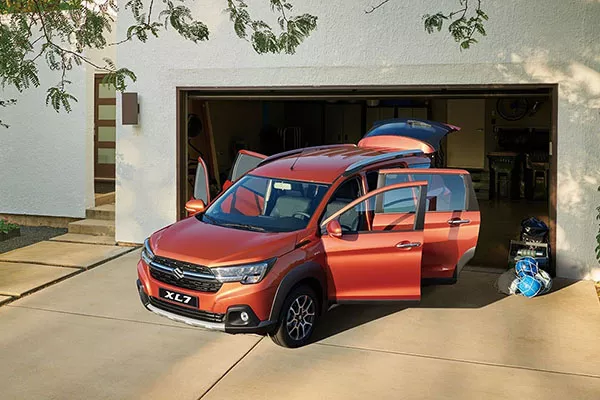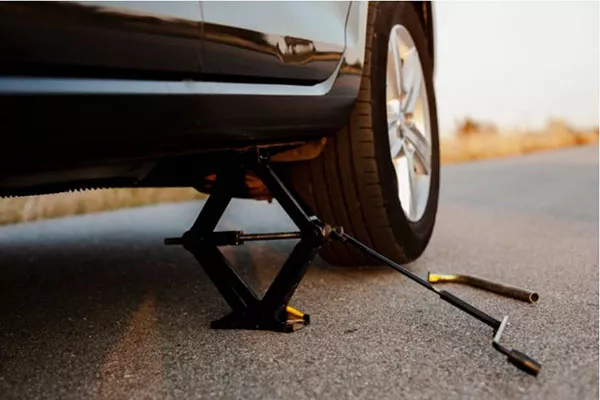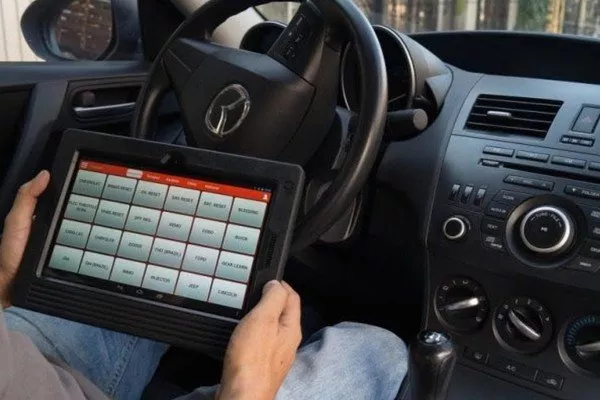Buying a car is no doubt an important life milestone for a typical person. As such, you might get too excited. Well, being thrilled is a part of the car buying experience, but you’ll definitely need to keep your head on your shoulders for crucial things like choosing a car model, arranging your financing, etc. etc.
Now we’ve talked about those before, as well as buying guides for brand new and used cars. But what about after receiving your car. What should you do after getting your car?

Car dealership people will answer all your car related questions, that is...if you remembered to ask in the first place
1. Read the owner’s manual and other related documents
Most cars, especially brand new ones, come with a manual. If it’s a used unit that doesn’t come with a manual, then there are hundreds of online resources you can refer to.
Now for some of you who are experienced in buying and owning cars, you’ll know the significance of the manual. There you’ll find all of the features of the car and how to use them. You might find some “hidden,” but useful feature that you didn’t expect it came with.
Apart from getting to know your car and its features better, reading a car’s service records is also important especially if you bought a second-hand car.

After reading the manual, we suggest going over every nook and cranny of your car
This is especially true if you’re not that familiar with the model you’ve brought because different car models will come with different preventive maintenance schedules. Also, some manuals or the service booklet will indicate when the next maintenance service should be.
Also, it helps to read the insurance policy you got for your car thoroughly. This is true for both used and brand new cars, and more especially when you’re a first-time buyer or car owner.
There are many kinds of insurance policies for cars after all, and in the excitement of buying your car, some insurance details might have flown over your head. The same goes for the car’s warranty policy if it has one.
2. Photocopy the car’s important documents
If you already received your car’s certificate of registration (CR), and its official receipt (OR), then we highly encourage you to make multiple copies of those two documents.
Keep those copies in different locations; one set in your ca, one in your house, and one in your place of work. For the original copies, we highly encourage you to secure them in a sturdy, preferably waterproof container.
Sure, you can get another copy of your car’s OR and CR if you lost them or if they got damaged, but that in of itself can be a hassle.
3. Familiarize the car’s access ports for consumables
As we’ve said before, make sure you’re familiar with your car’s maintenance schedules. These are indicated on the car’s manual, and/or the car’s maintenance booklet.
But what if you bought an older car and you want to try doing its maintenance yourself? What if you need to top up some fluids for your brand new car?
If you do want to get to know your new car better, and if you want to avoid headaches later, then we highly encourage you to check the location of your car’s wiper fluid reservoir, brake fluid reservoir, the oil drain plug, and the several grease nipples, which are access ports for grease guns to introduce lubricating grease.

You can even practice changing your car's tire...if you want to
Also take note of the location of the oil filter, the location of the battery, the radiator drain plug and the overflow reservoir, and the location of the spare tire.
Note also that while the location of these parts and access ports can be found in the manual, going under the car and taking a peek yourself is totally different even if you’ve memorized the manual.
If you’ve bought a repossessed car from an auction, also check the fuel filler’s condition. You might also want to drain the fuel tank if the car was stored for a long time.
>>> Related: The 4 'Whys' of Car Maintenance That You Must Know
4. Do you have the tools it needs?
After familiarizing yourself with the features and parts of the car, you should then take stock of the tools available to you. Do you have the right sizes for car’s many parts? If it’s a used car, did it come with the right tools? Is the tool kit that came with your brand new car sufficient enough for you?

Now you can use that diagnostic tool you won from a Christmas raffle ten years ago
Do note also that the jack that comes with a brand-new car might not be the best quality. So if you’re planning on modding your car yourself, or performing maintenance on it after its warranty expires, you may want to buy a good quality floor jack with large weight capacity, plus four jack stands.
>>> Related: The complete guide of Automotive tools: With names & pictures
5. Go out for a long cruise
Test driving is a crucial part of buying a car. From this step in the car buying experience, you’ll get a first-hand experience in how the car feels to drive, how the car performs, and how it feels to ride in it. There is only so much you can experience from a test drive though.
For a deeper understanding of the car’s handling, performance, as well as its determining how comfortable it is for you and your family/friends, we recommend taking it out on a long road trip.
For this, bring your whole family and/or some of your best mates. Take note of how the interior of the car is with passengers. Does the floor need mats? Are the stock seat covers resistant to stains or do you need to buy better ones?

If you're bringing kids along, then it's an opportunity to see how the leather will stand up to rigorous use
Also take note of how you’re feeling after a very long driving session. Does your back ache? Does the steering wheel feel like it’s giving you carpal tunnel? Take note of those and address it by buying the appropriate accessories.
And lastly, do take note after the said road trip as to whether you need some kind of air-freshener, a vacuum cleaner, or even a pressure washer.
Did this guide help? If it did, keep reading here on Philkotse.com for more car buyer’s guides like this one.
Recent posts
- Cars under P700k philippines Oct 28, 2022
- Repossessed car checklist Mar 14, 2023
- I'm a new driver – should I go for a used or brand new car? Mar 30, 2021
- Here's your checklist when buying a used car Apr 14, 2020
- Which cars in the Philippines can you buy under Php 600k? Dec 28, 2022












